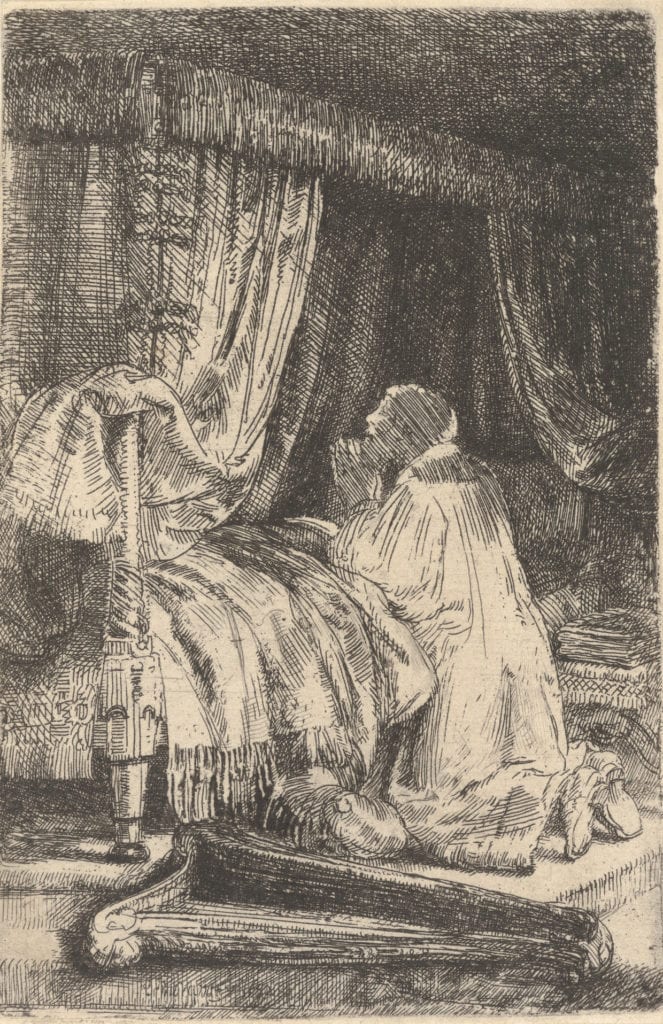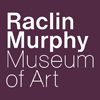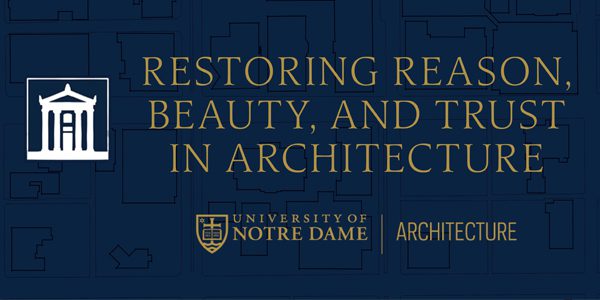David in Prayer

ABOUT THE ARTWORK
Who made it?

|
Rembrandt Harmenz van Rijn is one of the most recognizable names in all of art history. He was a prolific painter, draftsman, and etcher. Born in 1606 in the Dutch Republic, or the modern-day Netherlands, he studied with master artists, learning various techniques at a young age. After leaving the Dutch city of Leiden, he moved to Amsterdam, where he created portraits for wealthy patrons along with mythological and biblical works that aligned with his passion for telling tales. His immense body of work highlights his precise attention to detail, his skillful rendering of light and space, and his ability to portray people in a variety of moods.
Though he is most well-known today for his paintings, Rembrandt also created approximately 300 prints. In his early career as a printmaker, he made many self-portraits to understand the potential expressiveness of the material. He continued to push the boundaries of printmaking—working in larger formats, treating prints like quick sketches, and even treating the plate as a canvas by manipulating the ink on the surface, creating a painterly effect. The Raclin Murphy Museum of Art has more than seventy examples of Rembrandt’s prints showcasing the breadth of his technique in the Fedderson Collection, generously donated in 1991 by Jack and Alfrieda Feddersen of Elkhart, Indiana. Their collection of Rembrandt’s religious and biblical subjects making were exhibited in the 2017 exhibition Rembrandt’s Religious Prints: the Feddersen Collection at the Raclin Murphy Museum of Art.
|
What’s going on in this work?

|
In this intimate image, we see a man kneeling on a cushion next to his elaborate canopied bed. His hands clasped before him; he appears to frozen in a moment of prayer. Next to him on the floor lies a large harp. The figure is not just any man; this is the biblical King David. The harp and his rich surroundings identify him as such. Known as a singer of psalms and the hero who defeated Goliath, David was a devout follower of God. He was also a sinner and lived a portion of his life in penitence.
Rembrandt is known for showing Old Testament events in his contemporary environment as a way to make the event more real for the people looking at his work. By depicting David praying in his bed-chamber, Rembrandt presents a unique image of him not as a king, a master of song, or a hero but merely a man praying. The humility of David’s pose contrasted with the seemingly lush and expensive items that surround him. Rembrandt’s skillful use of light pulls the eye through the print, and his composition invites viewers to join in prayer behind David. |
Take a closer look.

|
To receive the collection in your inbox, join the Raclin Murphy Museum’s mailing list.

Engage with the Raclin Murphy Museum of Art by exploring their collection through background information and reflection questions. For more information on the collections, please visit the Raclin Murphy Museum of Art website.
Learn MoreMay 8, 2020



